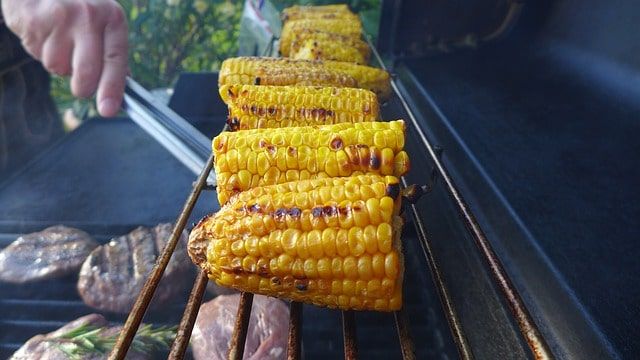This is how much the world's largest corn measured
The winner of the XXXVIII edition of the World's Largest Corn Corn Contest was a 43-centimeter corn cob, this happened in the Mexican state of Nayarit, in the municipality of Jala.

Last Sunday, August 15, it was announced that farmer Antonio Aquino Preciado won a prize of 20 thousand pesos for planting the world's largest corn. The first place of the XXXVIII edition of the World's Largest Corn Contest was won by a 43 centimeter corn cob, this happened in the Mexican state of Nayarit, in the municipality of Jala.
Second place went to José Fredy Flores, from the town of La Canoa, Coapán. His cob measured 42 centimeters. Third place went to Lenni Elías Fránquez, who had a corn cob measuring 41 centimeters. These last places received an economic compensation of 10 and five thousand pesos.
During the contest, each participant showed five examples of their corncobs. The characteristics of each corn was to have leaves, ripe and complete, that is, with all its grains. The jury was made up of representatives of the agricultural sector and Víctor Villalobos Arámbula. Regarding the contest, the official said that agriculture is often an unpredictable task due to the weather conditions faced by farmers.
Through social networks, users were amazed to see the giant cobs. There were also those who praised the event and pointed out how important it is to preserve agriculture in the state.
Esquites, a popular snack
This food, which is eaten as an appetizer, hors d'oeuvre or snack, has varied preparations depending on the region and although the custom of roasting or toasting the corn kernels still persists (hence the etymology of esquites), it could be said that nowadays the most common is the corn kernel boiled in water with salt, epazote and other herbs, and sometimes chicken feet.
Esquites or Ezquites comes from the Náhuatl Ízquitl, from Icehqui 'to toast (in comal)'. In the state of Hidalgo and in central Mexico, esquites are also prepared with corn kernels that are sautéed in vegetable oil or butter along with chopped garlic, onion and green chile or chile de arbol and epazote branches or leaves, seasoned with salt, which is eaten hot as a simple stew.
Both presentations are served in a glass, eaten hot and with a spoon, and usually with the addition of lime juice, chile, and salt. In some places mayonnaise or cream and grated cheese may be added. In Monterrey it is just boiled corn kernels with cream or mayonnaise, white cheese and melted yellow cheese. For example, in the north and northeast they are known as Trolelote; in Aguascalientes, as Chasca; in Monterrey, as Grano de elote en vaso and in Michoacán as Vasolote.
The old legends, transmitted orally for generations, tell that the esquites -from Nahuatl 'roasted corn'- were created by Tlazocihuapilli, the only woman who ruled the Xochimilcas and who gave life to dishes such as Necuatolli, Atole with honey, or Tlapiques, wrappers in tamale leaves.
However, the esquites that are known today are mestizo preparations. They may have been pre-Hispanic because of the corn, epazote and chile, but without the fundamental ingredient of lemon, which arrived with the Spaniards, much less with the modern inventions of cheese and mayonnaise.




